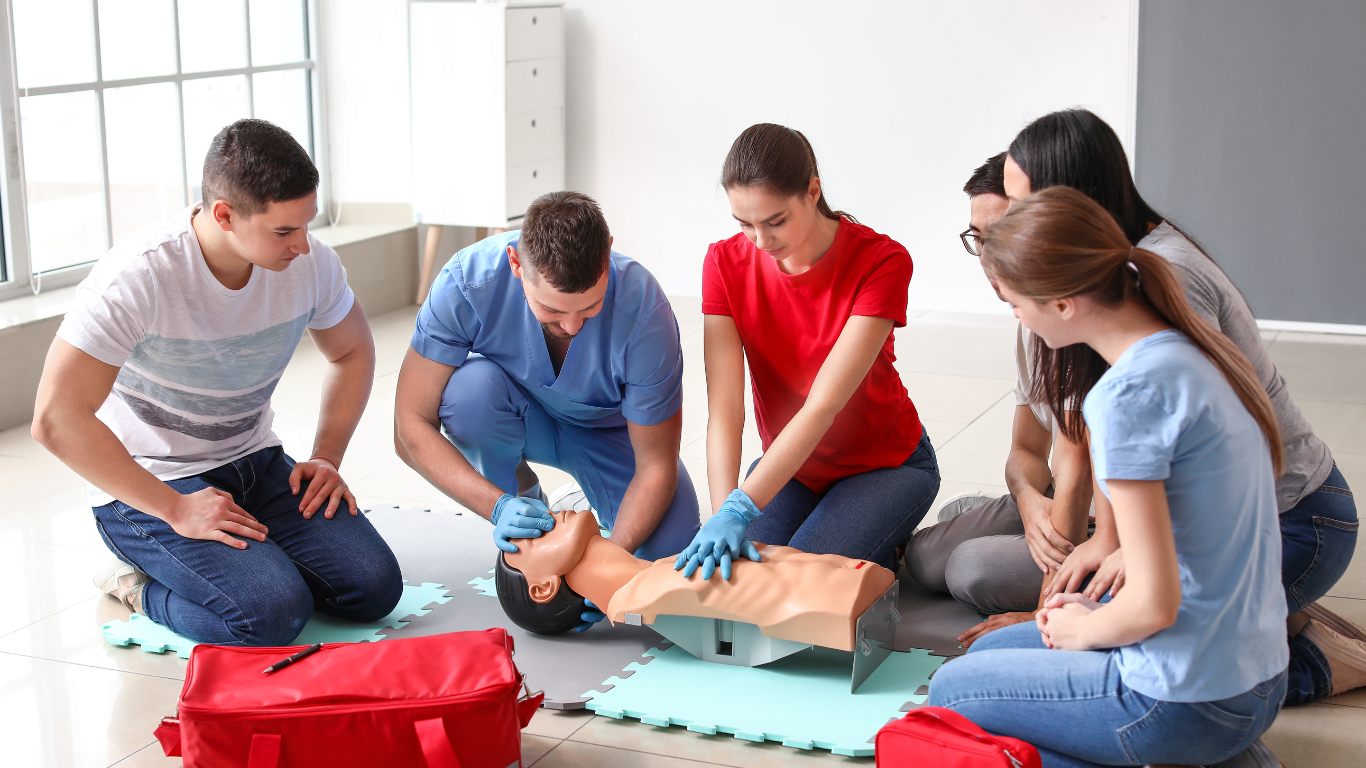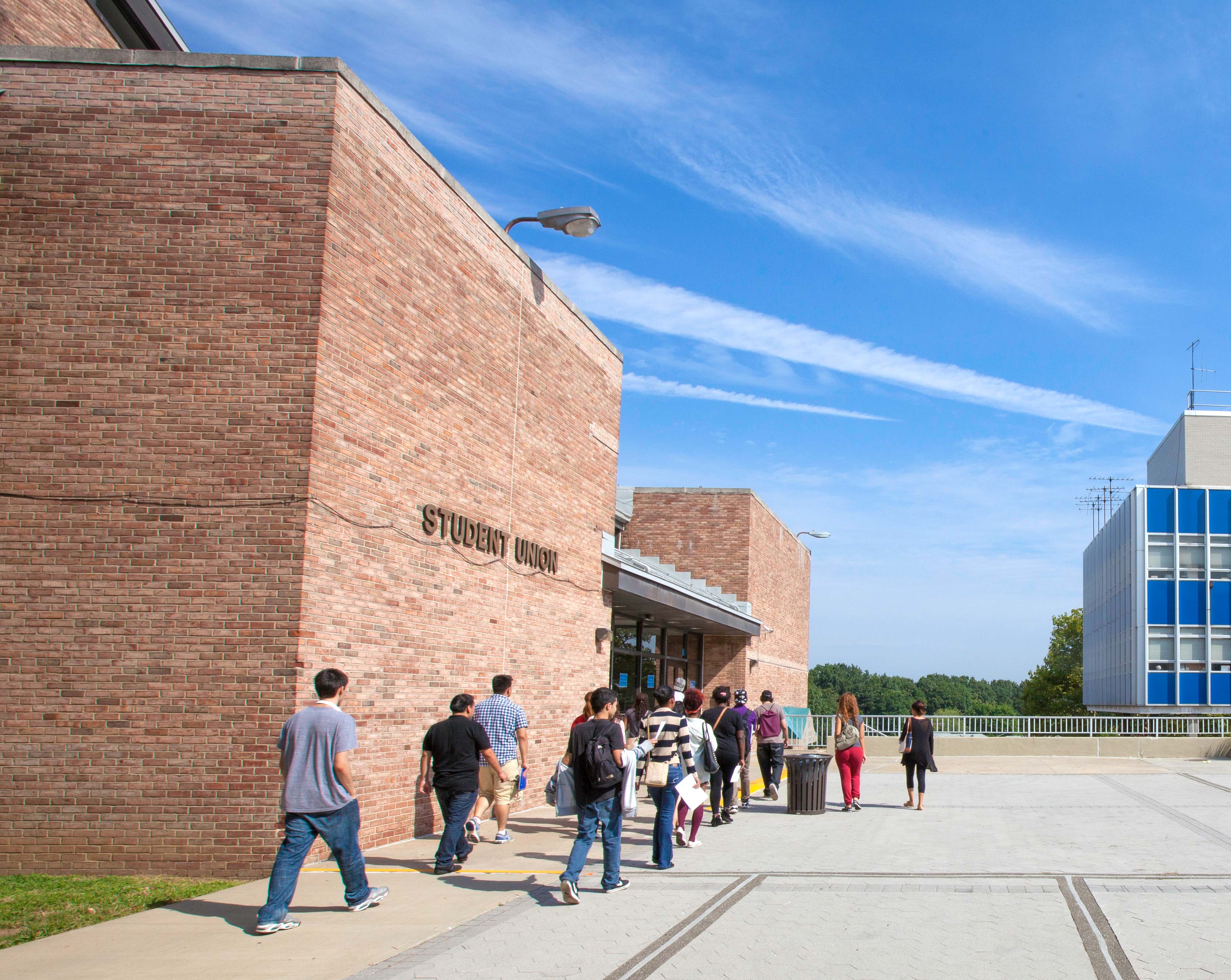 Externship Opportunities
Externship Opportunities
Emergency Room Technician
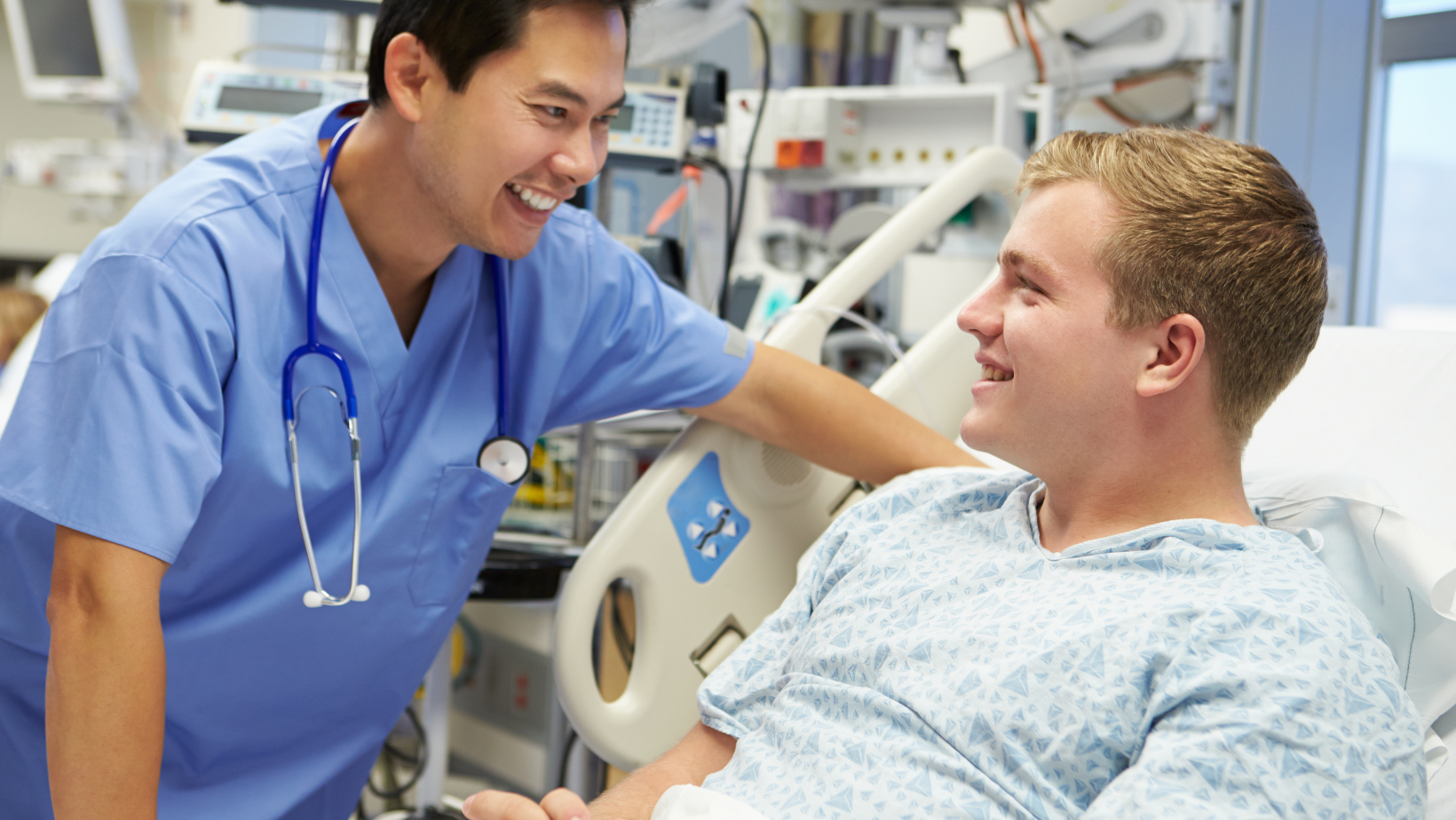
An ER Tech provides technical support to MDs and RNs to optimize patient care. The ER Tech assists the MDs and RNs by performing Phlebotomy and IV stats, performing 12-lead EKGs, transporting patients to other departments, performs wound care, obtains lab specimens, documents all care/procedures provided, and performs other responsibilities as assigned.
Requirements: Registrants must have AHA/BLS certification current before beginning program and upon completion of program. Students will be required to meet with Program Coordinator once per semester to asses progress towards completion of program/ HS Diploma or equivalent required.
To earn the certificate, the following courses must be successfully completed:
First Semester:
- AHA/BLS (Basic Cardiac Life Support (AHX100) $175--(Must be AHA CPR certification) (8-hour American Heart Association for health care provider and professional rescuer, which includes adult, child, infant CPR, rescue breathing, and use of AED (Automatic External Defibrillator) course)
- Medical Terminology & Body Systems(MBX 126) $600
- EKG Tech (AHX170) $1,150
- Phlebotomy Tech (AHX171) $1,375
- IV Tech (AHX172) $570
Second Semester:
Total: $5,570
You can register for these classes as you go or call the office at 718-631-6343 to enroll in the program!
There are 7 courses in this program
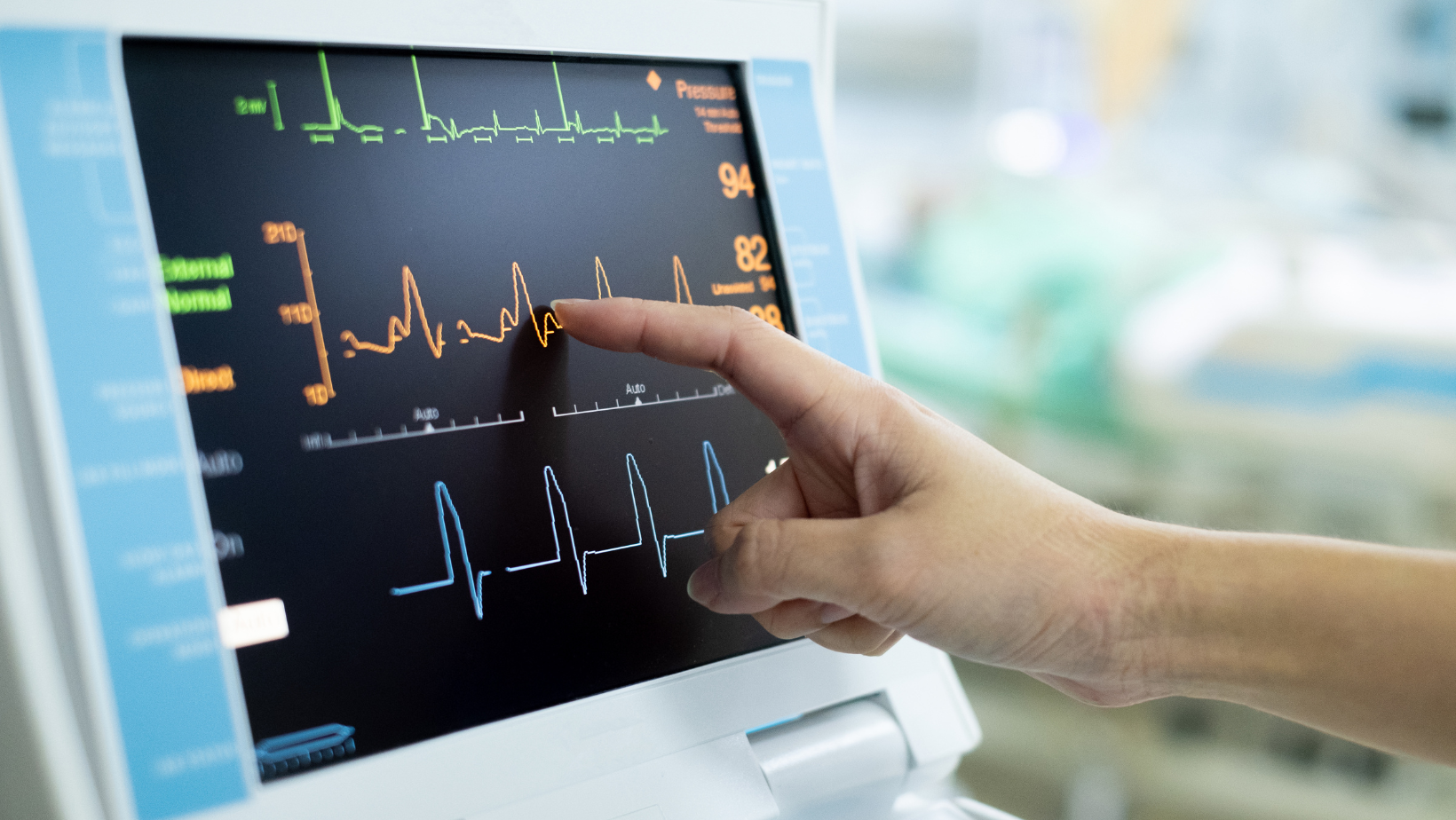
EKG Technician
Pre-/Co-Requisite:
AHX-100 Basic Cardiac Life Support (CPR)(Must be AHA CPR certification)
(8-hour American Heart Association for health care provider and professional rescuer, which includes adult, child, infant CPR, rescue breathing, and use of AED (Automatic External Defibrillator) course)
*or valid AHA certification in this courses.
Introduction to cardiac anatomy and terminology, recognition of cardiac emergencies, obtaining 12-lead ECG or EKG tracing and basic rhythm interpretation.
EKG technicians are in demand! EKG technicians work in physician's offices, hospitals, clinics, and other healthcare facilities and organizations. EKG technicians also work for insurance companies to provide data for health and life insurance policies. Similar to other growing healthcare professions, the demand for EKG technicians is expected to continue to grow substantially.
This program covers topics and processes critical to conducting and interpreting electrocardiograms (EKGs). To begin, learners will review the anatomy and physiology of the heart. From there, learners will go on to explore the technology used such as the EKG machine. Next, participants will learn how to interpret a rhythm strip. And finally, learners will discover the details of a myocardial infarction. Successful completion of this program will help prepare learners to perform the role of EKG technician.
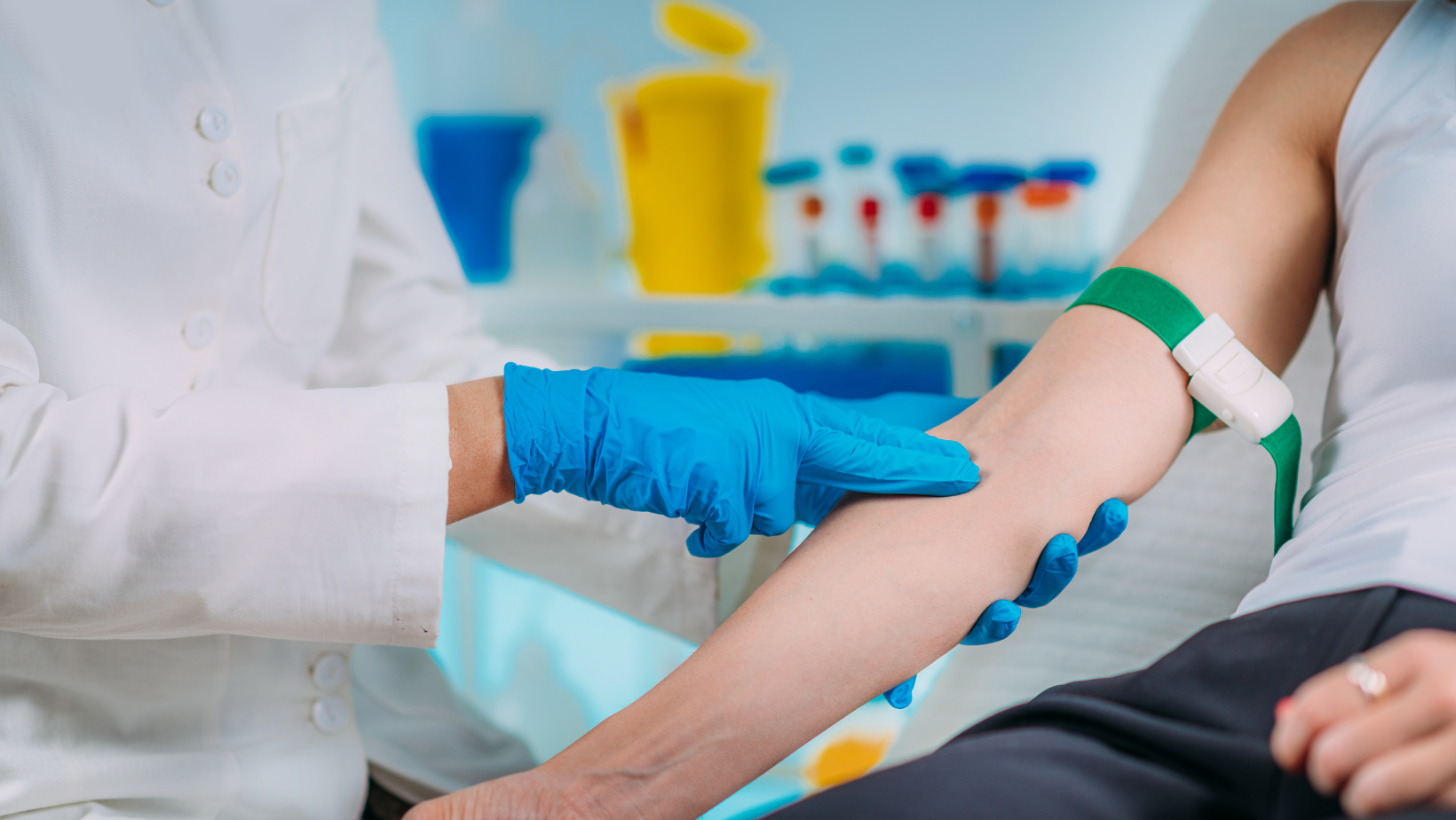
Phlebotomy Technician
Pre-/Co-Requisites
AHX-100 Basic Cardiac Life Support (CPR)(Must be AHA CPR certification)
(8-hour American Heart Association for health care provider and professional rescuer, which includes adult, child, infant CPR, rescue breathing, and use of AED (Automatic External Defibrillator) course)
or valid AHA certification in this course.
Obtain the introductory skills to secure an entry-level position. Learn various methods of blood collection through venipuncture, capillary puncture and, existing intravascular devices. Emphasizes use of anticoagulants, the order of draw and, procedures for obtaining and processing specimens. Safety considerations for all health care professionals and patients discussed. Registrants should purchase stethoscope, B/P cuff and non-latex gloves.
The phlebotomist is a vital member of the clinical laboratory team, whose main function is to obtain patient's blood specimens by venipuncture and micro-collection for testing purposes. Phlebotomists are employed throughout the healthcare system including in hospitals, neighborhood health centers, medical group practices, HMO's, public health facilities, veteran hospitals, insurance carriers, and in other healthcare settings. The demand for phlebotomy technicians has increased substantially with the overall complexity of healthcare services and the risks of infectious disease. Current healthcare industry experts predict a 15% increase in phlebotomy jobs by 2024.
This program prepares learners to collect blood specimens from clients for the purpose of laboratory analysis. Learners will become familiar with all aspects of blood collection and will review the skills needed to perform venipunctures safely. Topics in this course include medical terminology, related anatomy and physiology, blood collection procedures, and procedures for collection of other types of specimens within the scope of practice of the phlebotomist.
Textbook-
Hartman's Complete Guide for the Phlebotomy Technician, 2e
ISBN 978-1604251654
Workbook-
Workbook for Hartman's Complete Guide for the Phlebotomy Technician 2e
ISBN 978- 1604251661

EMT Certification
Requirement:
- High School Diploma or GED/HSE
- US Citizenship or Legal Working Permits
This course covers all techniques and operational aspects of an EMT. Demonstration, practice, and clinical observation are integrated with free online FEMA classes.
Certifications provided by NYS Bureau of EMS. Students will be required to pay a separate registration fee on FISDAP on line EMS scheduler to arrange clinical rotations.
Please refer to NYS DOH bureau of EMS website for requirements for certification,
https://www.health.ny.gov/professionals/ems/
Participants must be fully vaccinated.
Registration will end 2 weeks before the class is scheduled to start

